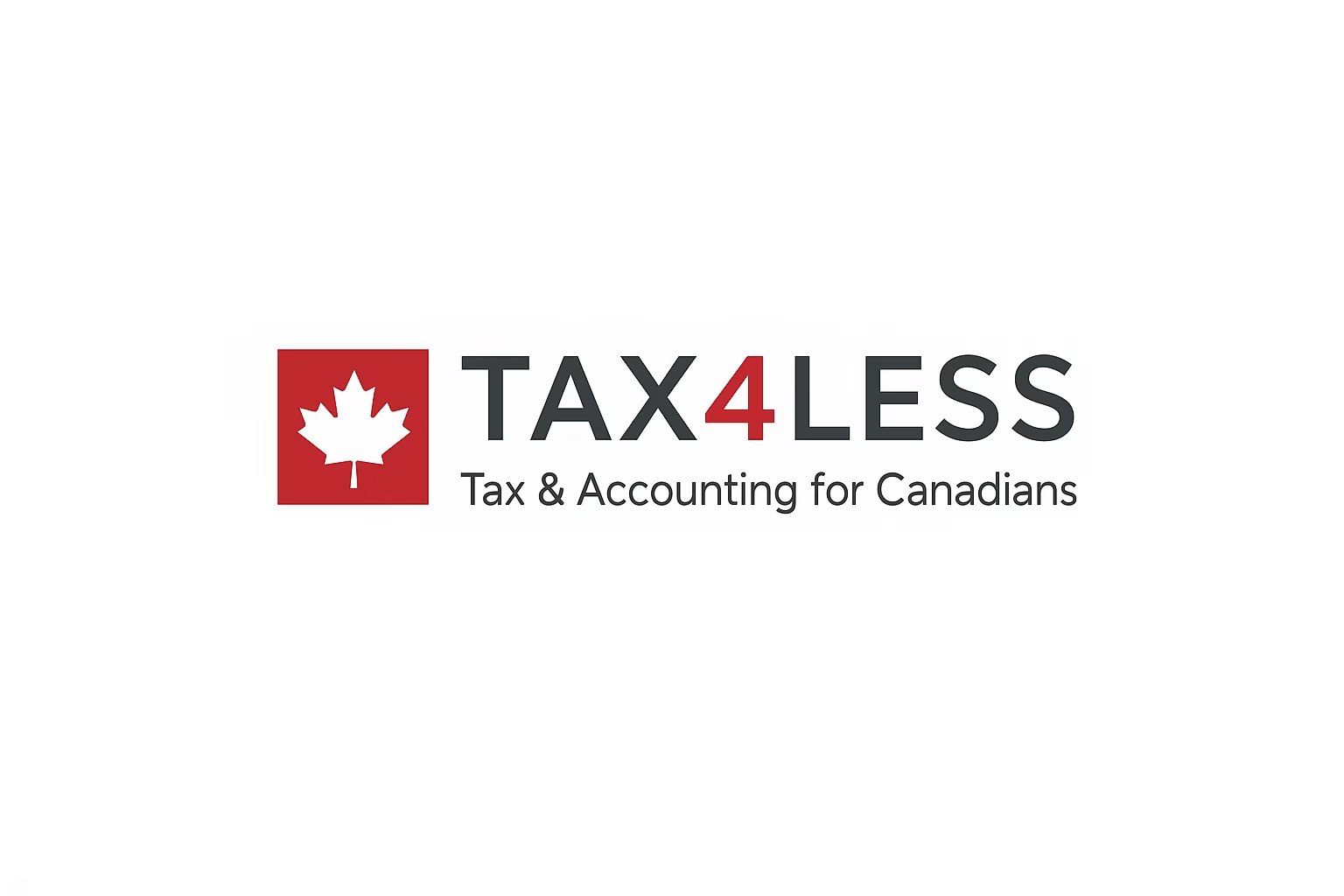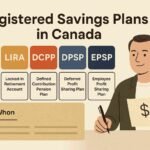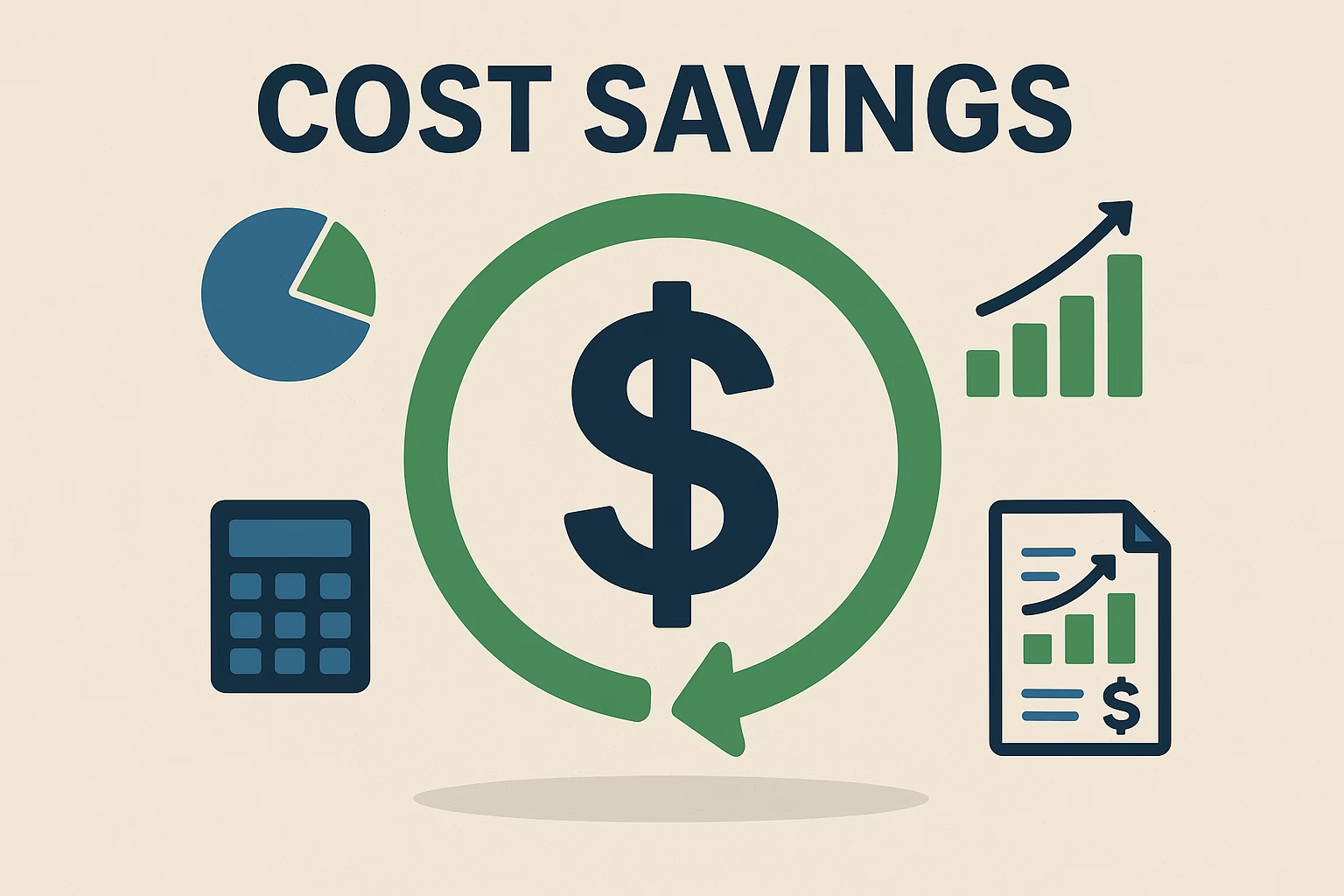Withdrawals, Transfers, and Penalties: How and When You Can Access RRSP, LIRA, DCPP, LIF, RRIF, and Other Canadian Retirement Plans
Can I Withdraw from My Retirement Plan?
Whether you have an RRSP, a locked‑in plan, or a pension, knowing when and how you can access your money—and what it will cost—is what readers want next.
1. Plan Type: What kind of plan do you have?
RRSP (Registered Retirement Savings Plan): Most flexible.
LIRA / Locked‑in RRSP or Pension transfer: More restrictive; usually locked until certain conditions.
RRIF or Matured RRSP: Withdrawals allowed under income‑stream rules.
2. Age or Status
2a. RRSP (non‑locked in)
Can be withdrawn at any age.
Tax and withholding apply immediately.
2b. Locked‑in plan (LIRA / LRSP / LIF)
Restrictions vary by province.
Example: in Alberta a LIRA holding under 20% of the YMPE (~$11,740 in 2020) can be unlocked even before age 55; Ontario has a 40% threshold at 55.
Valid exceptions: medical hardship with physician certification, shortened life expectancy.
2c. RRSP after age 71
Must convert to RRIF or annuity by December 31 of the year you turn 71.
From then on, withdrawals are considered income; withholding tax not applied to minimum RRIF payments, though additional amounts may trigger withholding.
3. Reason for Withdrawal: Regular or Special Program?
3a. Standard withdrawal
Income tax applies: financial institution withholds immediately and you report the full amount as income.
3b. Home Buyers’ Plan (HBP)
Up to $60,000 tax‑free withdrawal if you’re a first‑time home buyer, resident of Canada at withdrawal and at purchase, and the home becomes your principal residence within one year.
Must repay over 15 years, starting two years after the first withdrawal; missed repayments count as income.
3c. Lifelong Learning Plan (LLP)
Up to $10,000 per year, max $20,000—must be for full‑time education/training for you or your spouse, and you must be a Canadian resident.
Repayment period: typically 10 years, often starting five years after the first withdrawal.
4. Province / Residency & Tax Implications
4a. Resident of Canada
RRSP withholding tax rates:
$0–$5,000 → 10% (Quebec: 5%)
$5,001–$15,000 → 20% (Quebec: 10%)
Over $15,000 → 30% (Quebec: 15%)
The withheld tax is a pre‑payment; actual tax is calculated on full income including withdrawal—could push you into a higher bracket.
4b. Non-resident of Canada
A flat 25% withholding tax, regardless of amount.
If converted to RRIF and paid as periodic pension, U.S.–Canada treaty may reduce to 15%.
4c. Quebec residents
Use lower provincial withholding: 5‑10‑15% versus standard 10‑20‑30%.
5. Allowed or Not? And Why?
| Scenario | Allowed? | Notes |
|---|---|---|
| RRSP non-locked | Yes | Always permitted; taxed as income |
| LIRA locked, small balance/age threshold | Yes if meets threshold | Varies by province (YE 55 etc.) |
| LIRA due to hardship/short life expectancy | Yes with documentation | Certified medical condition required |
| RRSP used under HBP/LLP rules | Yes, tax-free (if repaid) | Must follow repayment schedule or face tax as income |
| After age 71 in RRIF/annuity | Yes | Withdrawals considered income; no withholding on min in RRIF |
6. Penalties, Costs & Other Pitfalls
6a. Withholding tax is only a pre‑tax payment
You still report the full amount as taxable income.
Might push you into a higher marginal bracket, increasing taxes owed beyond withholding.
6b. Loss of contribution room
Withdrawn RRSP amounts do not get reinstated as contribution room in future years—even if using HBP or LLP.
That limits future tax‑sheltered growth.
6c. Over‑contribution penalty
If you contributed more than your deduction limit (even temporarily over by > $2,000), CRA charges 1% per month on the excess until withdrawn.
6d. Fraud & scams
Scammers promise access to locked‑in funds at zero tax or push fake investments; these can drain your account and trigger penalties.
For legitimate unlocking of LIRA due to hardship, apply directly to the provincial regulator—don’t pay third parties to file free forms.
7. Flowchart: Step‑by‑Step Example
Plan type? RRSP or LIRA?
Age? Under 71 or over?
Locked‑in?
If yes: check province & threshold rules OR documented hardship.
Purpose? Standard withdrawal, HBP, or LLP.
Residency / Province? Determines withholding rate.
Withdrawal allowed? If yes, compute withholding tax.
Repayment due? If HBP or LLP, check repayment schedule.
Net amount = withdrawal minus withheld tax; report full amount on tax return.
8. Best Practices & Tax‑saving Tips
Avoid lump‑sum early withdrawals unless absolutely necessary—spread withdrawals over years to avoid tax spikes and preserve contribution room.
Plan HBP or LLP strategically to access funds tax‑free, but be sure to meet eligibility and complete repayments to avoid negative impacts.
Convert RRSP to RRIF around retirement to access minimum income with no withholding, and manage taxable income more smoothly.
Protect yourself from scams—deal only with regulated institutions; legitimate LIRA unlocking is free through official channels.
9. Summary Table
| Plan Type | Age/Status | Withdrawal Option | Tax Withholding Rate* | Penalty / Cost |
|---|---|---|---|---|
| RRSP (non‑locked) | Any | Lump sum anytime | 10–30% (5–15% in QC) | Taxable income, lost contribution room |
| LIRA / Locked‑in | Depends Province | Only if small balance or hardship | As above if permitted | Strict eligibility; scams risk |
| RRSP via HBP | First‑time homebuyer | Up to $60k tax‑free | None withheld if conditions met | Must repay over 15 years |
| RRSP via LLP | Student/training | Up to $10k/year, $20k max | None withheld if conditions met | Must repay over 10 years |
| RRIF / Matured RRSP | ≥ 71 | Regular withdrawals | No withholding on min payments; extra taxed like RRSP | Income tax only |
* Withholding tax applies immediately but actual tax may be higher depending on your total income.
✅ Final Thoughts
When readers ask, “Can I withdraw from my plan?”, this article guides them to a clear answer while showing:
What kind of plan they have,
When they can take funds,
What rules or exceptions apply (by age, province, purpose),
What taxes or penalties hit them,
And how to avoid common traps.
 Need Help? Book a Consultation
Need Help? Book a Consultation
Navigating car deductions and HST rules can be a maze, especially with luxury vehicles or mixed-use scenarios. Don’t guess — talk to a pro.



- Canadian retirement plans
- DCPP
- financial planning
- flowchart
- investment access
- LIF
- LIRA
- locked-in funds
- payroll management
- pension access
- personal finance Canada
- personal tax returns
- retirement income
- retirement planning
- retirement savings
- retirement withdrawal
- RRIF
- RRSP
- RRSP withdrawal rules
- tax compliance Canada
- tax penalties
- tax planning Canada
- Tax4less
- tax4less.ca
- Tax4Less.ca Inc

 Previous Post
Previous Post Next Post
Next Post